Published Date: Oct 26, 2025
Written by: Emma Cyrus, Senior Copy, Content & Editorial Writer
Reviewed by: Monika Popescu, Senior Interior Designer at FCI London
Edited by: Zoona Sikander, Head of Content
Estimated Reading Time: 9 minutes
TLDR: The ideal depth for built-in wardrobes is 60-67cm, with 60cm being the absolute minimum for functional storage. Sliding door wardrobes require slightly more depth (66cm plus a 5cm running track), while hinged door wardrobes can function with a minimum of 55cm if no hanging space is needed. These measurements ensure your wardrobe can accommodate standard hanging rails, properly store clothing without creasing, and provide sufficient space for internal organisation systems. For luxury applications, 650-680mm represents the sweet spot that balances generous storage with practical room proportions.
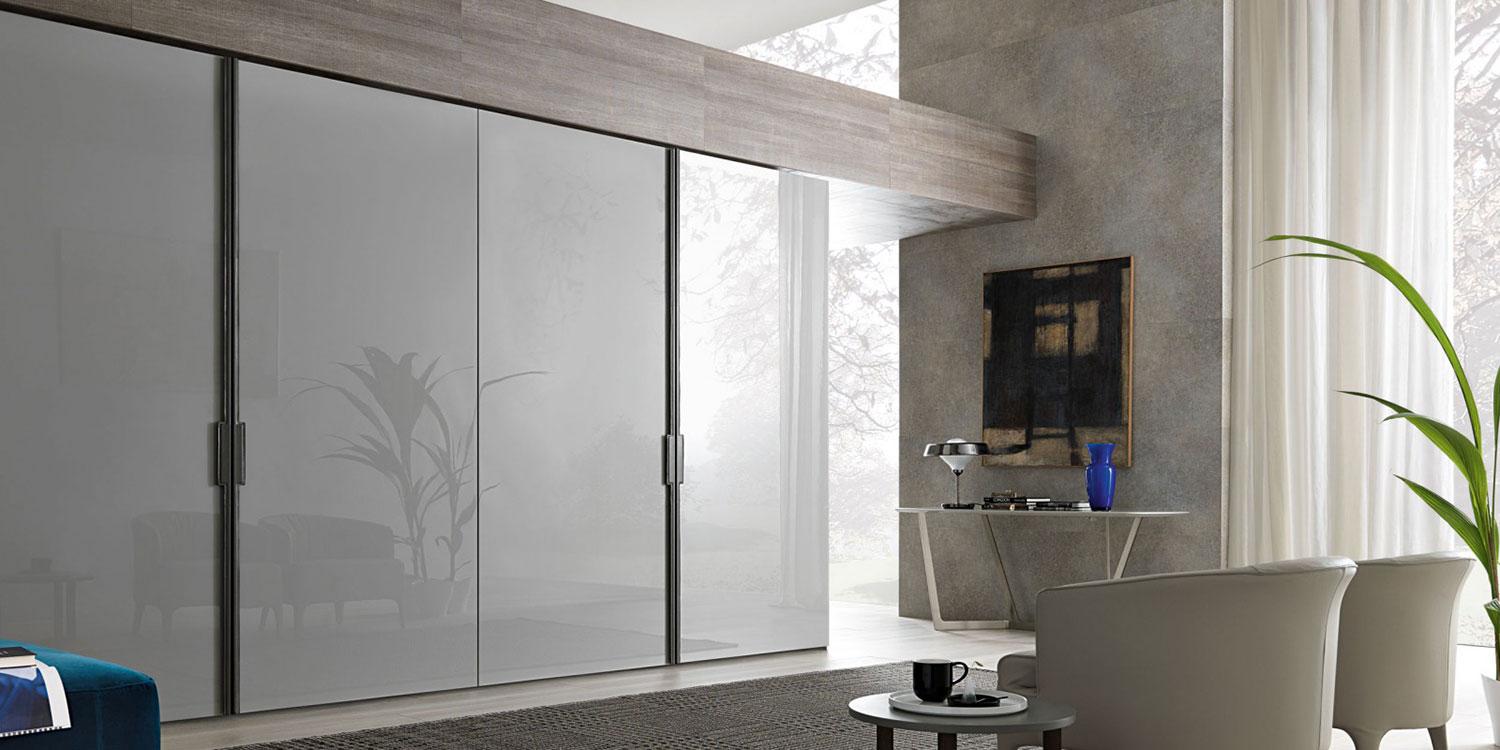
Table of Contents
If you're a discerning homeowner in London or the Home Counties planning a bedroom refurbishment with custom cabinetry, this expert guide is for you. Interior designers managing luxury residential projects will also find these detailed specifications rather helpful. We've analysed the critical dimensions and functional requirements for built-in wardrobes that deliver both sophisticated aesthetics and practical storage. When only the finest craftsmanship will do, these measurements ensure your bespoke storage solution truly performs as beautifully as it looks.
The depth of your built-in wardrobe represents one of the most critical design decisions you'll make when creating bespoke storage solutions. After two decades of designing luxury interiors for discerning clients across Kensington and beyond, I've witnessed how the wrong depth specification can transform what should be an elegant storage solution into a daily source of frustration.
Most homeowners approach wardrobe design with a focus on width and aesthetics, yet the internal dimensions determine whether your investment delivers the sophisticated functionality you expect. The difference between 550mm and 650mm of depth might seem modest, but it fundamentally alters how your garments hang, how accessories are accessed, and ultimately, how your morning routine unfolds.
In my experience, clients often underestimate the complexity of wardrobe depth planning until they're faced with crumpled jackets or inaccessible hanging space. The perfect depth balances spatial efficiency with practical functionality, a calculation that requires understanding both your specific storage requirements and the architectural constraints of your space.
When embarking on a bedroom refurbishment that involves custom-built cabinetry, there are many factors to consider, one of which is: How deep do built-in wardrobes need to be?
While the size of a fitted wardrobe usually depends on the space you have available, the minimum depth required to ensure functional storage for your clothing is 60cm.
However, this can vary based on different factors, so our expert wardrobe team has put this guide together to help answer some frequently asked questions about the depth of built-in wardrobes.
As a rule of thumb, the ideal standard wardrobe depth is approximately 67cm. Anything less than 60cm deep means you won't be able to make use of standard features like horizontal hanging rails.
As a wardrobe is intended to keep your space well organised and clutter-free, it's vital to establish a list of your requirements before you start the planning phase. This should include the number of drawers, hanging space and shelves needed to house all your clothes, accessories, jewellery, shoes and anything else you have in mind.
Once you have a clear picture of your requirements, you can enlist the help of a professional built-in wardrobe specialist to assist you with a detailed, functional layout.
Here are some useful measurements to ensure that you make the most of every inch of space in your closet.
Hinged door wardrobes:
Large wardrobes have hinged doors that are held in place by simple hinges and swing outwards when opened. Make sure you have enough space between the wardrobe and your other furniture to accommodate this.
The normal depth of this kind of wardrobe should be 60cm, but you can get away with a minimum of 55cm if you are not planning to hang any clothes.
The wardrobe's height should either equal the lintel level of the doors, which is typically 210cm, or you can make a full-height wardrobe by utilising the space from floor to ceiling.
Each door should not be wider than 60cm, or the hinges will be overloaded.
Sliding door wardrobes:
Wardrobes with sliding doors have panelled doors that slide from side to side on tracks, so they are perfect if you have limited space and need to place your wardrobe close to your bed.
A sliding-door wardrobe should have a depth of 66cm plus a running track of about 5cm to allow unrestricted movement.
They should be at least 210cm long from left to right to accommodate two door panels of 105cm each. This will allow you to access one side at a time with ease.
Each panel should not be wider than 120cm, or it will be too heavy to slide.
Key Takeaway: The ideal wardrobe depth is 67cm, with 60cm being the absolute minimum for functional storage. Sliding door wardrobes require slightly more depth (66cm plus a 5cm track), while hinged door wardrobes can function with 55cm minimum depth if no hanging is required. These specifications ensure your wardrobe delivers both practical functionality and elegant proportions.
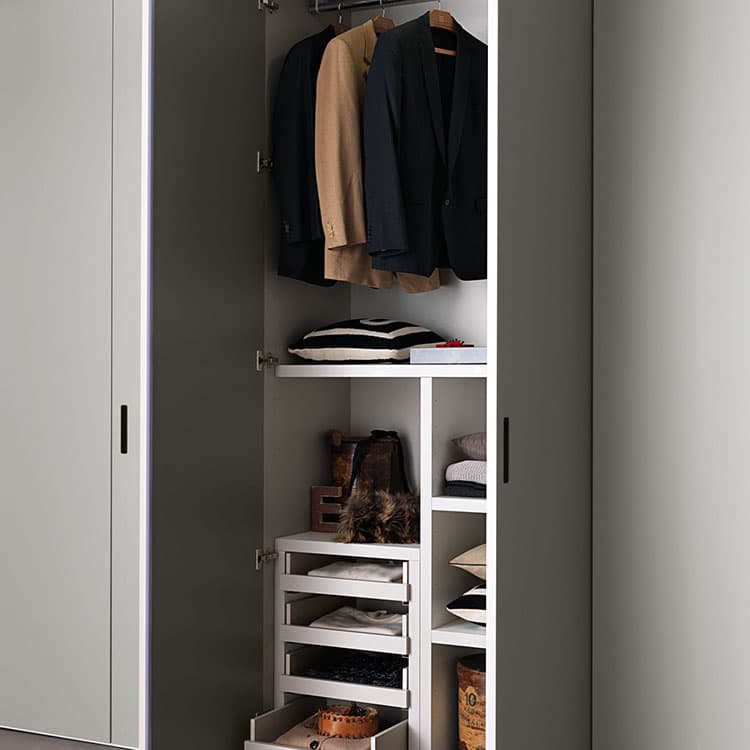
While commissioning a bespoke built-in wardrobe might seem daunting, certain advantages make it 100% worthwhile. Here are 7 benefits you won't regret:
Fully customisable interior: Unlike their shop-bought counterparts, fitted wardrobes give you complete freedom when it comes to customisation options, so you'll be able to go beyond standard shelving and add hanging rails, drawers, laundry bins, tie racks and whatever else you can imagine.
Made to measure: When shopping for a freestanding wardrobe, you have to stick to what's available, while built-in wardrobes can be designed to fit the proportions of your space, even if it has awkward angles or a sloped ceiling.
Ample storage space: Because luxury built-in wardrobes are tailor-made, they can be designed to take advantage of every spare inch, ensuring that your possessions are displayed exactly to your liking.
Choice of finishes: Built-in wardrobes are available in a vast range of colours, materials, door types, handles and other finishes, so whether you're after a contemporary feel or something more timeless, you'll be able to match it with the aesthetics of your room.
Longevity: If made by an expert, fitted wardrobes are created using high-quality materials, ensuring that they are durable and long-lasting.
Low maintenance: Because they are spacious and made to fit into your wall from floor to ceiling, you don't have to clean behind or on top of them.
Increased value: Custom-made wardrobes can raise the value of your home. So if you plan to sell your property in the future, building wardrobes will be one of the elements that adds appeal for prospective buyers, making them an excellent investment.
Key Takeaway: Bespoke built-in wardrobes offer exceptional value through their customisation options, made-to-measure design, and ability to maximise storage in any space. Beyond the practical benefits, they provide aesthetic flexibility, durability, and can genuinely enhance your property's market value - making them a rather sensible long-term investment.
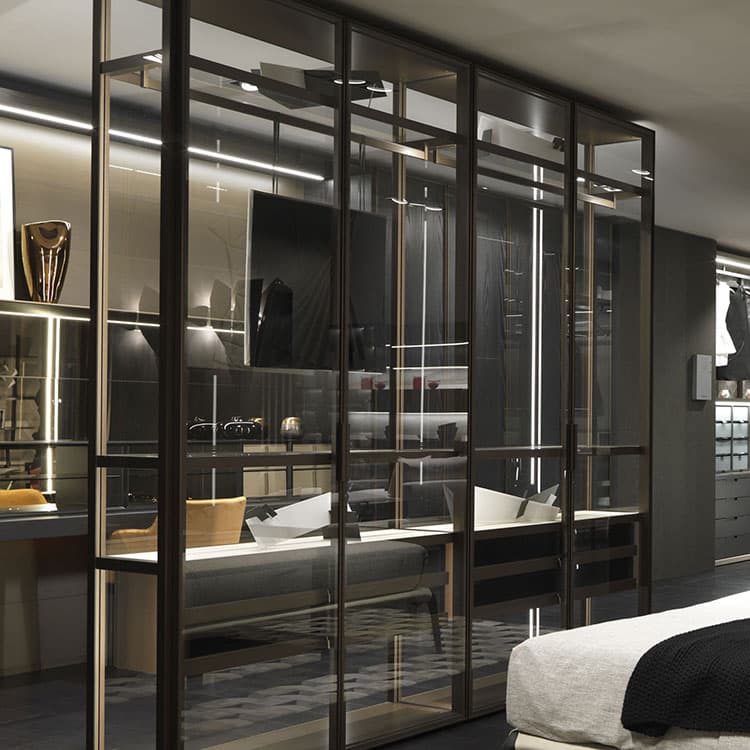
Make the most of your built-in wardrobe (especially in cases when it's not too deep) by including the following features:
Shelving: This is ideal if you have lots of foldable items like jerseys and t-shirts, and is an easy way to store handbags and shoes.
Hanging rails: Our top designers agree that placing two short hanging compartments one above the other with an adjacent section for longer items like coats and dresses will help maximise your vertical space.
Drawers: Drawers are the perfect solution for socks, underwear, ties and belts. Use dividers to keep everything well organised and in place.
Storage containers: Take advantage of the floor space and uppermost parts of your wardrobe by storing items in well-ventilated containers like baskets, bins and boxes. They are perfect for clothing that you only wear in season.
Key Takeaway: Optimise your wardrobe's functionality by incorporating a thoughtful mix of shelving, strategically positioned hanging rails, organised drawer systems, and clever storage containers. This balanced approach ensures every centimetre of space works efficiently, even in wardrobes with modest depth specifications.
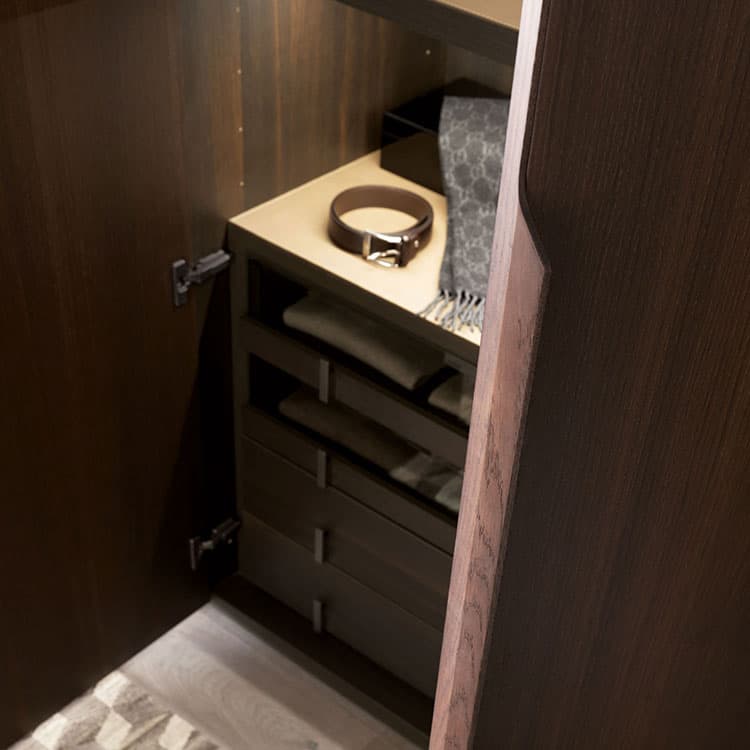
Before you install a built-in wardrobe, here are some key considerations:
Available space: Decide how big you need your wardrobe to be and where you're going to put it. Do you have space for a walk-in, or will it be a standard build?
Functionality: The object of your wardrobe is to provide you with a practical storage space that will accommodate all your clothing, shoes and accessories. Make sure you plan a layout that meets all of your needs.
Accessibility: Consider how your doors will operate and where to position shelving, racks or drawers so that they are easy to reach.
Doors: Take the size of your room into account before you choose your wardrobe doors. Hinged doors are great for large spaces, whereas sliding doors are more appropriate for smaller areas.
Style: Make sure that the colour, material and finishes of your wardrobe match your existing aesthetics. A quality built-in wardrobe will last at least 10 years, so think ahead and future-proof your entire design before you commit.
Budget: Have a set budget in mind before you begin so that you have parameters to work with. It will also help your professional team narrow down your options.
Key Takeaway: Before commissioning your built-in wardrobe, carefully assess your available space, functional requirements, accessibility needs, door mechanisms, aesthetic preferences, and budget constraints. This comprehensive planning approach ensures your investment delivers a storage solution that's both beautiful and genuinely practical for your specific circumstances.
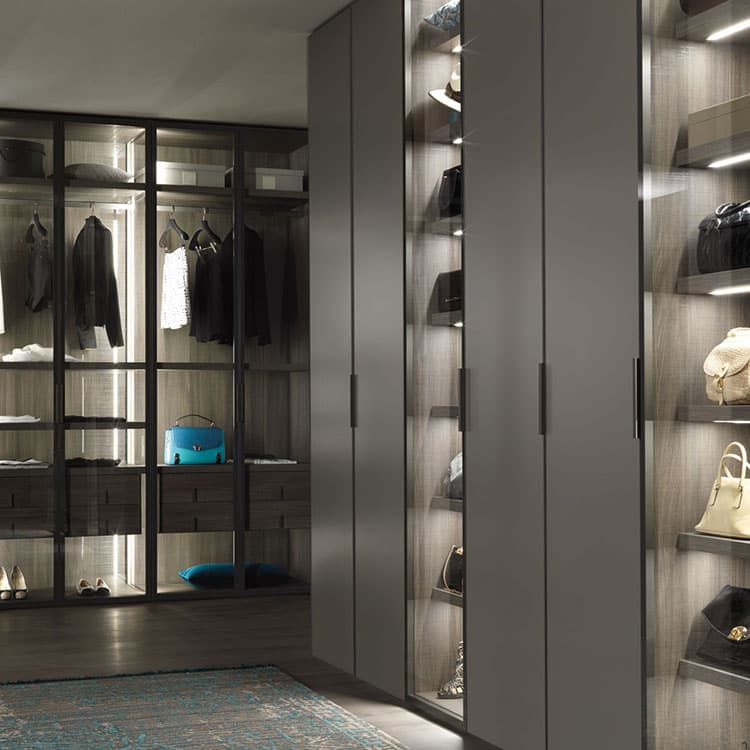
Before you start planning your built-in wardrobe layout, it's imperative to measure up. Here are some guidelines:
If you're unsure about how to take accurate measurements, contact our professional design team and let us do it for you.
Key Takeaway: Precise measurement is absolutely critical for successful wardrobe installation. Take multiple measurements of height, width and depth, accounting for architectural features like skirting boards and window architraves. For truly refreshingly competent results, consider engaging our professional design team to handle this technical aspect.
The ideal depth of the wardrobe represents a balance between your specific requirements, spatial constraints, and budget considerations. In my experience, 650-680mm provides the sweet spot for most luxury applications - generous enough for comfortable garment storage whilst remaining practical for standard room configurations.
However, your unique circumstances may justify different specifications. Extensive formal wear collections benefit from 700mm+ depths, whilst space-constrained environments might require more modest dimensions with compensating internal organisation.
Consider engaging our professional design team at FCI to evaluate your specific requirements and spatial constraints. Our experience with luxury built-in wardrobes ensures your investment delivers both the aesthetic appeal and practical functionality you deserve.
Your wardrobe depth decision will influence your daily routine for years to come - an investment in both functionality and peace of mind that merits careful consideration and professional guidance.
Key Takeaway: The optimal wardrobe depth of 650-680mm represents a sophisticated balance between generous storage capacity and practical room proportions. This specification works exceptionally well for luxury applications, though your unique requirements may necessitate adjustments. Professional guidance ensures your investment delivers both the aesthetic refinement and functional excellence your project deserves.
What is the minimum depth required for a functional built-in wardrobe?
The absolute minimum depth for a functional built-in wardrobe is 60cm (600mm). However, if you're not planning to hang clothes, you could potentially reduce this to 55cm. For sliding door wardrobes, you'll need at least 66cm plus an additional 5cm for the running track. These minimums ensure basic functionality, though for truly comfortable storage, we'd recommend 65-68cm as the ideal depth range.
How does wardrobe depth affect hanging space for formal wear?
Formal wear requires more generous depth specifications than casual clothing. For suits, evening gowns, and structured jackets, a depth of at least 65cm is rather essential to prevent creasing and maintain proper form. Premium formal wear collections benefit from depths of 70cm or greater, which allows garments to hang freely without touching the back panel and ensures proper air circulation - quite important for maintaining fabric quality.
Can built-in wardrobes be too deep for a bedroom?
Yes, wardrobes can actually be too deep for certain bedroom configurations. Depths exceeding 75cm may create an imposing presence that overwhelms smaller rooms and reduces valuable circulation space. Additionally, extremely deep wardrobes can create accessibility challenges, making items stored at the back difficult to reach. The ideal depth balances storage capacity with room proportions - a consideration our design team evaluates for each unique project.
How does door type influence the optimal depth of a built-in wardrobe?
Door type significantly impacts depth requirements. Hinged doors can function with shallower depths (minimum 60cm) as they provide full access to the interior. Sliding doors require greater depth (minimum 66cm plus 5cm track) to accommodate the door mechanism and ensure smooth operation. Bi-fold doors offer a compromise, requiring less clearance space in front of the wardrobe while still providing good access. Each door type presents different aesthetic and functional considerations beyond just depth specifications.
Address & Hours:
FCI London, Rays House, North Circular Road, London, NW10 7XP
Monday - Saturday: 10am - 6pm
Sunday & Bank Holidays: 11am - 5pm
Contact Details:
Phone: +442081531235
Email: [email protected]
What to Bring:
The depth of your built-in wardrobe is a critical dimension that fundamentally influences both its functionality and aesthetic impact. While the minimum functional depth starts at 60cm, the ideal specification of 65-68cm provides the perfect balance between generous storage capacity and practical room proportions. Your specific requirements - whether accommodating extensive formal wear or maximising space in a compact bedroom - may justify adjustments to these guidelines. For truly exceptional results, consult with our design specialists who can tailor these specifications to your unique circumstances.
Linda Nobilio
"We had inbuilt furniture done in three bedrooms by FCI London, and honestly, we couldn't be happier with the results. The quality of their work is just next level. The furniture is solid, beautifully made."
Nedelia Martin
"I discovered FCI London almost 5 years ago, and I keep going back to them when I need to buy furniture. The team is fantastic, both the sales staff and the in-house designer were knowledgeable, helpful, and really took the time to understand my style."
Chava Kahn
"Service was personalised and excellent. Sanjay saw us through the process from start to end and ensured that we were happy with our choices. The delivery guys were amazing and went the extra mile."
Get In Touch
Book A Video Chat
Book a video consultation and we'll advise you on furniture, space planning, colour schemes and much more.
Book A ConsultationVisit Our Showroom
Book a visit to our stunning, multi award-winning, 30,000 sqft.
Over 700 brands under 1 roof.
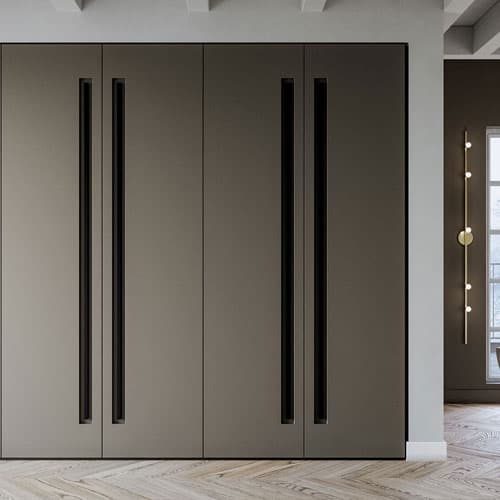
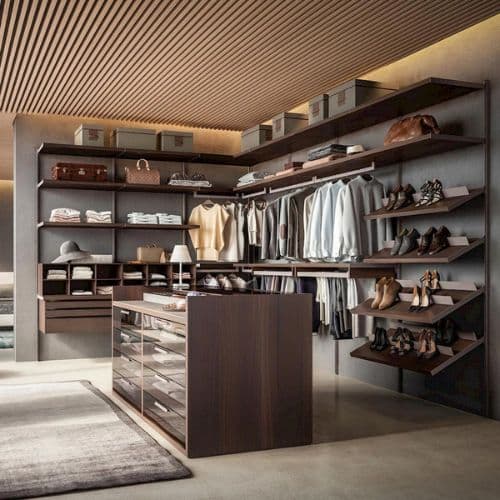
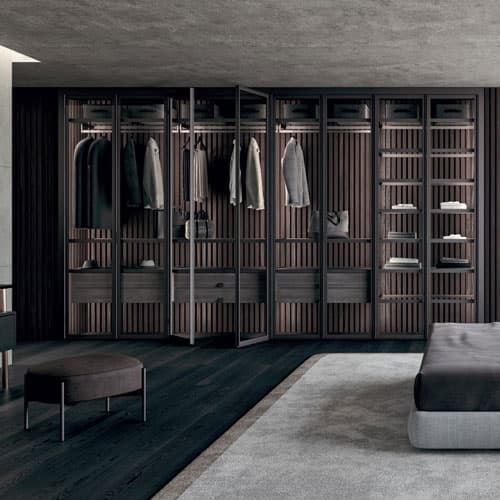
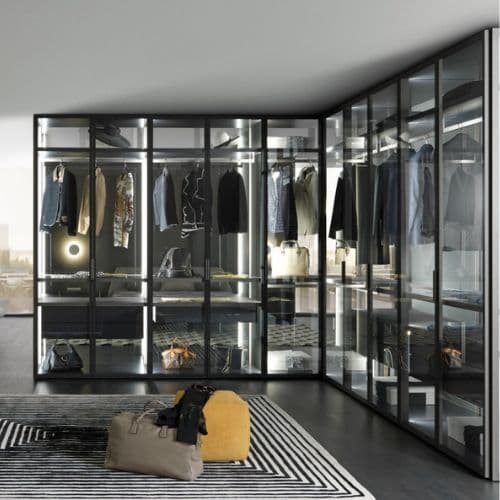
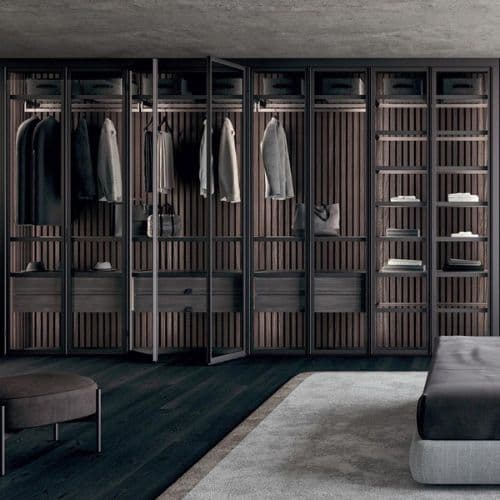
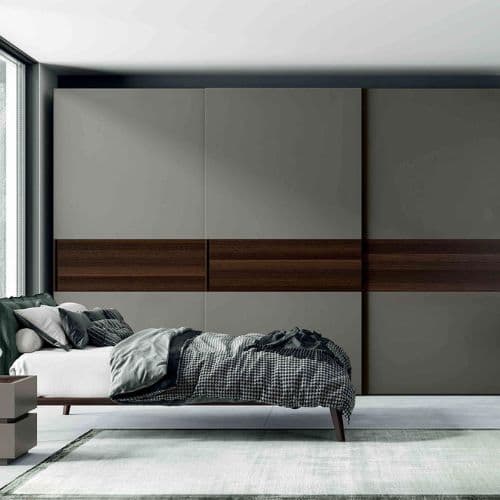
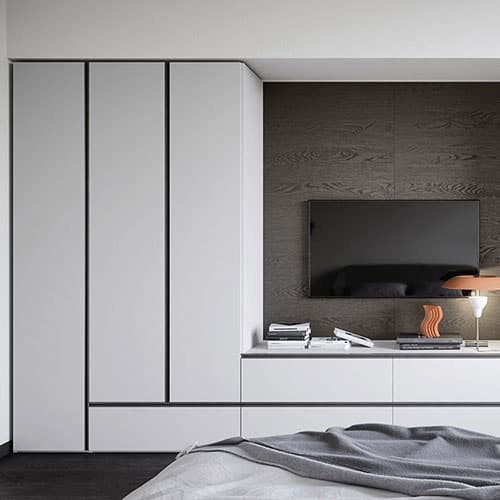
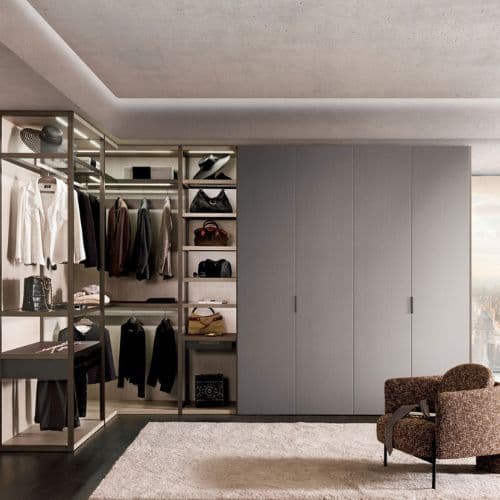
Most Popular on FCI London: Fitted Wardrobes | Luxury Designer Rugs | Luxury Sofas | Luxury Furniture Store | Luxury Interior Designers | Luxury Bedroom Furniture | Luxury Modern Chairs | Luxury Coffee Tables | Luxury Designer Kitchens | Luxury TV Units | Luxury Dining Tables | Luxury Storage Solutions | Luxury Sideboards | Luxury Stools & Bar Stools
Transparency isn’t a policy. It’s a principle.
Have a peek at what our clients really have to say.
